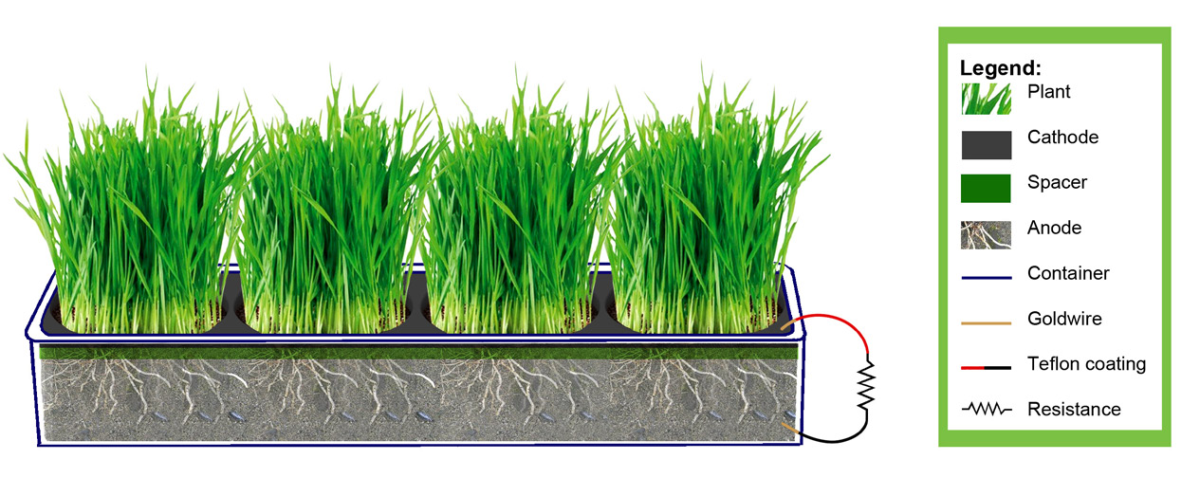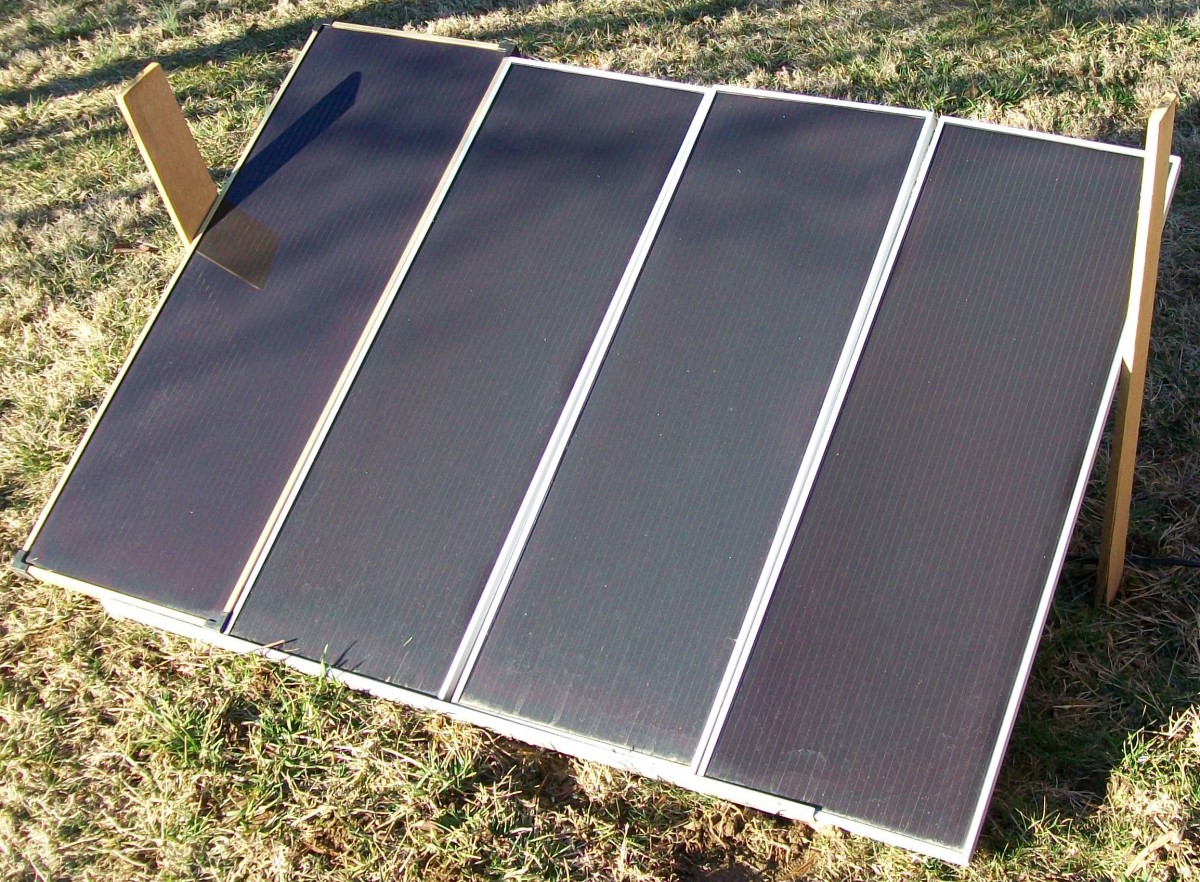Plant Electricity | How To Generate Green Electricity From Plants
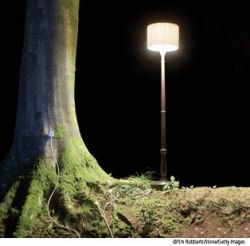
Generating Green Electricity From Plants
In a new desperate attempt to produce renewable energy from natural non-emission sources, a team of researchers at the Massachusetts Institute of Technology was able to produce electricity from the broad leaf Maple trees.
The energy produced with trees is within the Millivolt range (1/1000 of a volt), which is not a big deal. What the team considers an achievement is that they were able to store energy from trees and then use it to run small electronic devices.
The team is expecting to be able to produce energy from forest trees to run small environmental detectors.
How is this going to affect the future of energy?
We are on Facebook: Green Electricity with Dignity.
Warning
Not all green electricity is really green. There is more to green than the immediate outcome of the method.
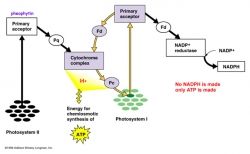
How Plants Porudce Electricity
For Themselves
Green plants are known to be able to harvest the energy from the sunlight and transform that energy into food and oxygen. This process is known as photosynthesis.
In photosynthesis the photons (units of light energy) from the sun hit certain molecules inside the chloroplasts (the small green organelles inside the plant cell that carry out photosynthesis) causing the emmission of an electron. This electron moves from one molecule to another through a series of cytochromes (certain types of proteins) called photosystems I and II.
While the electron is moving it is losing the energy it acquired from the photon (from the sun light) and this energy is transformed into two chemical forms of energy (NADPH2 and ATP). And finally the electron is used to help split the water molecule which is the first step on releasing oxygen to the atmosphere.
The rest of the photosynthesis process is a series of chemical reactions through which carbon dioxide is fixed into organic material (glucose).
The summary of this process is the consumption of carbon dioxide and water, facilitated by energy from the sun, to produce glucose and oxygen.
Now let´s stop here and go back a little. When the electrons were moving in the photosystems I and II through the cytochromes, isn´t that an electric current?
Yes it is!
[Image source: www.bio.miami.edu]
Can this electricity be used at home?
A short answer is yes, but in an indirect fashion. There are limitations and a back up from other sources of energy should be in place, as the case with all renewable energy sources. In the following lens you can learn about buildings with roof-top gardens used to power the whole building in Netherlands:
This is how electricity produced from plants is implemented: Green-Plant-e Roofs
This video explains how it's done. The electricity is not taken straight from the plants though. The actual source of energy is bacteria living in the soil around the roots where half of the organic matter produced by the plants is exudated.
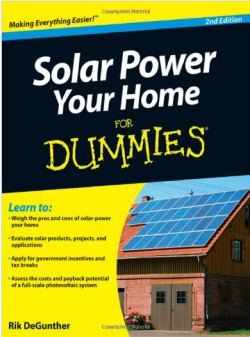
Produce Your Own Solar And Wind Energy
Stop Paying Your Electricity Bill This Summer
There is a false believe that to produce solar and wind energy for your home it will cost you at least $20,000 to get the necessary equipment installed, and that it´s only good for 10 years.
Well ... THIS IS A MYTH that whoever is making money from buying and selling fuel want you to believe. The truth is that you can produce your own electricity for your home and stop paying your electricity bills (or at least partially) for an initial cost of $200.
Fortunately there are tons of ebooks that explain in the most detailed manner, with pictures and videos, how to produce your energy yourself with tools and equipment you can buy from your local store for $200. If that´s only good for 10 years it´s worth it. Even if it was good for only 1 year, it´s still worth it given the coming deregulation of electricity which is expected to triple electricity bills in North America.
==>Click Here To Start Producing Green Electricity. Help Your Wallet And The Earth<==

Is Plant Electricity A Green Solution For Energy?
The researchers believe that with the tiny currents they are able to collect from maple trees they can only run small electronic devices such as those environmental detectors. But could this be the future of green energy?
I mean look at it this way. Plants are easy to grow. You and anyone can grow plants in their backyards, in the balconies, or on the roof tops. If you know how to produce electricity from these plants you might as well stop paying for your electricity bills and reduce gas emmission from burning fuel in power plants. In fact this has already been applied in Netherlands; a whole building run on electricity produced in the soil where plants are grown on top of the roof. But this is not a widespread application.
A whole city could run on green renewable energy if all sources were to be implemented in one complementary system. By this I mean we can produce electricity from mechanical force by converting motion, like in indoors cycling, into electricity for direct use or for charging a battery or for initiating a perpetual generator. Or for the last two; charging a battery that keeps a perpetual generator running after you stop cycling. This way you convert your morning workout into energy that runs your home the whole day.
Or one can use solar energy to run the facility where the sun is available during the day and use a cosmic radiation capturing mechanism to run the facility at night when there is a lower load, or to run something light like a laptop or a cell phone.
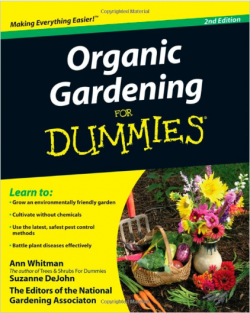
The Future Of Our Planet
We Can Change The Face of Earth
Now that plants are proving an economical value in a totally new dimension I think it´s time to start growing as many plants as we could on every spot possible. Your back yard could be a great source of your summer time (at least) vegetables if you grow them organically yourself. And don´t worry about not being a farmer. Growing plants is so easy that a caveman HAS DONE IT thousands of years ago.
And to make it even easier there is a very cheap ebook that you can download in minutes and be ready to invest your summer time in growing your own vegetables organically.







